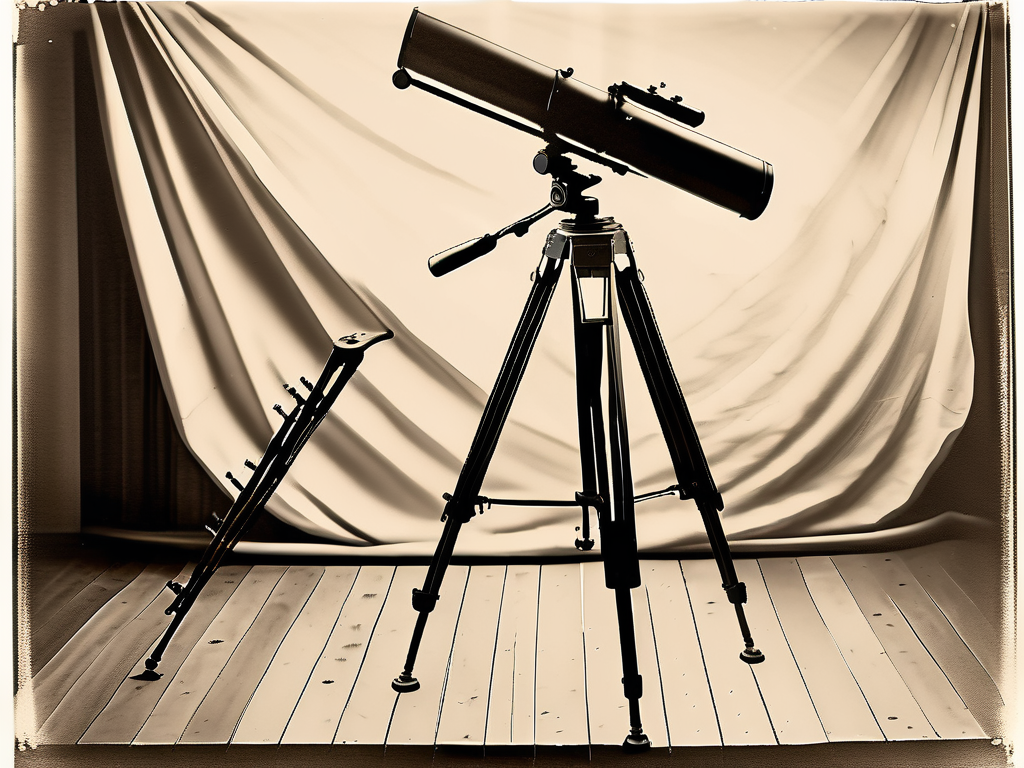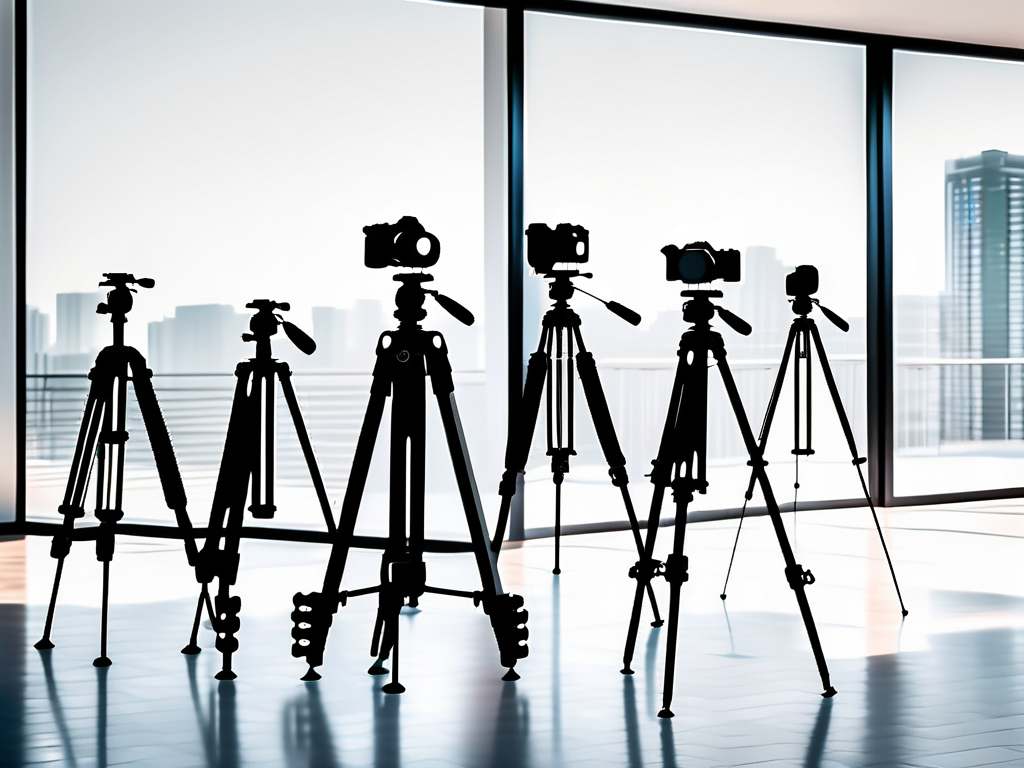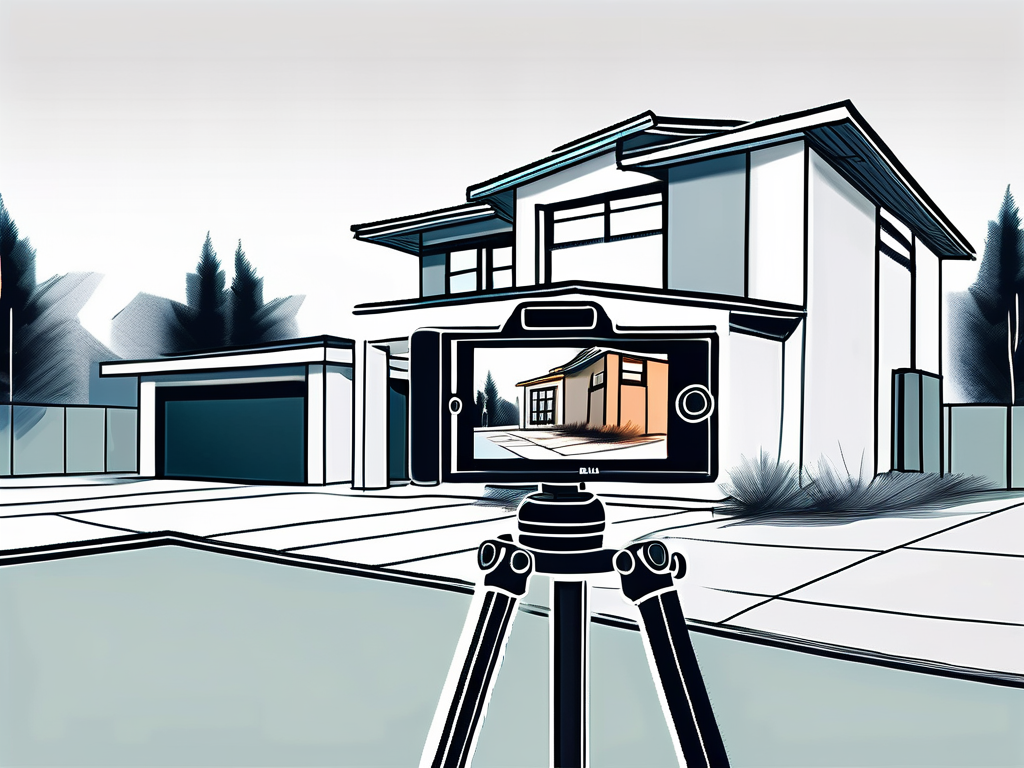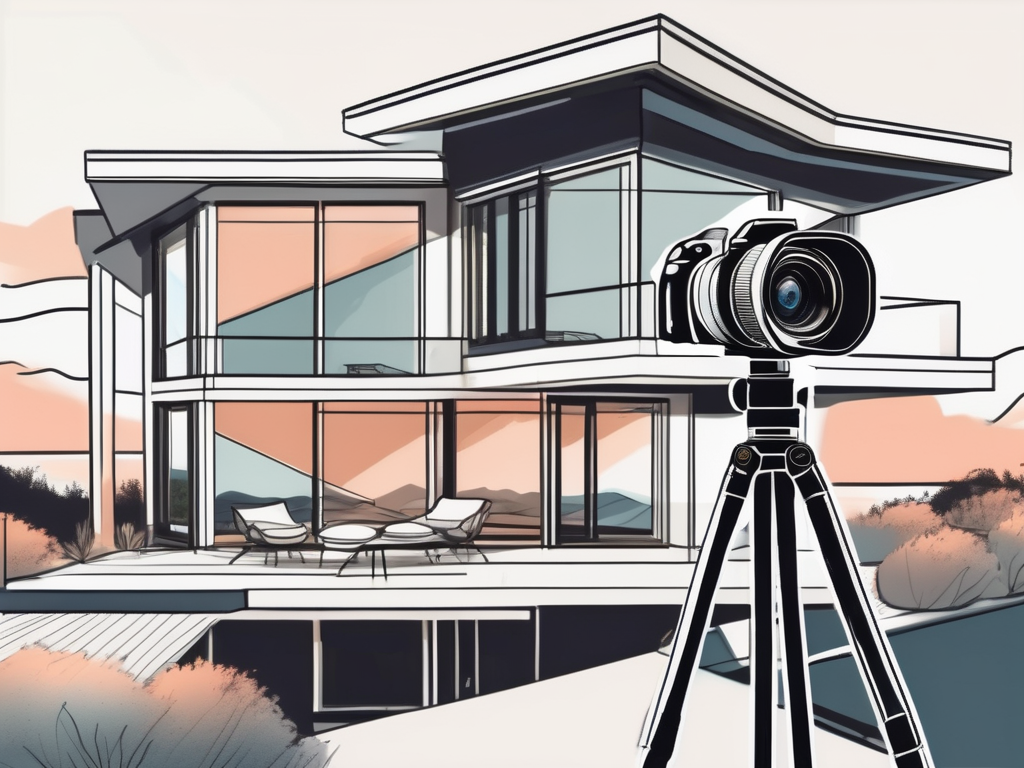The tripod is an indispensable tool in the world of real estate photography. It provides stability to the camera, allowing for sharper images and a broader range of shooting options. This article delves into the intricacies of the tripod, its role in real estate photography, and how to best utilize it for optimal results.
From its historical origins to its modern-day applications, the tripod has consistently proven its worth in the field of photography. Its three-legged design offers a stable platform for cameras, enabling photographers to capture images with precision and clarity. In real estate photography, the tripod’s importance cannot be overstated.
History of the Tripod
The tripod has a rich history that dates back to ancient times. It was used in various forms by early civilizations for a variety of purposes, including cooking, supporting structures, and even in religious ceremonies. However, its application in photography did not come into play until the 19th century, with the advent of the camera.

Early photographic tripods were bulky and heavy, made from wood and brass. As technology advanced, so did the design and materials of the tripod, with aluminum and carbon fiber becoming the materials of choice due to their strength and lightweight properties. Today, tripods are a common sight in all forms of photography, including real estate.
Evolution of the Tripod in Photography
The evolution of the tripod in photography has been driven by the advancements in camera technology. As cameras became smaller and more portable, so did tripods. The need for stability in different shooting conditions led to the development of tripods with adjustable legs and heads, allowing for greater flexibility and control.
Today, tripods come in various sizes and designs, each catering to specific needs and shooting conditions. From compact travel tripods to heavy-duty studio tripods, the choice is vast, offering photographers the ability to choose a tripod that best suits their needs.
Role of the Tripod in Real Estate Photography
The tripod plays a crucial role in real estate photography. It provides the stability needed to capture sharp, high-quality images of properties. By eliminating camera shake, a common issue when shooting handheld, the tripod allows for longer exposure times, resulting in better lit and more detailed images.
Additionally, the tripod aids in maintaining consistency in framing and composition across multiple shots. This is particularly important in real estate photography, where a series of images of a property need to maintain a consistent perspective and level.
Stability and Sharpness
One of the primary benefits of using a tripod in real estate photography is the increased stability it provides. This stability is crucial in eliminating camera shake, a common issue when shooting handheld. Camera shake can result in blurry images, which can significantly reduce the quality of the final product.
By providing a stable platform for the camera, the tripod allows for longer exposure times without the risk of blur. This is particularly beneficial in low-light conditions, such as interior shots, where longer exposures are needed to capture all the details of the property.
Consistency in Framing and Composition
In real estate photography, consistency in framing and composition across multiple shots is crucial. This is where the tripod comes into play. By keeping the camera in a fixed position, the tripod allows for precise control over the framing and composition of each shot.
This consistency is particularly important when shooting a series of images of a property. It ensures that all images maintain a consistent perspective and level, providing a cohesive visual narrative of the property.
Choosing the Right Tripod for Real Estate Photography
Choosing the right tripod for real estate photography can make a significant difference in the quality of your images. There are several factors to consider when choosing a tripod, including its weight, stability, height, and head type.

Each of these factors plays a crucial role in how the tripod performs in different shooting conditions. By understanding these factors, you can make an informed decision and choose a tripod that best suits your needs in real estate photography.
Weight and Stability
The weight of a tripod is an important factor to consider. Heavier tripods tend to be more stable, reducing the risk of camera shake. However, they can also be more difficult to transport, which can be a disadvantage in real estate photography where mobility is often required.
On the other hand, lighter tripods are easier to carry and set up, but they may not provide the same level of stability as their heavier counterparts. It’s important to find a balance between weight and stability that suits your specific needs.
Height and Head Type
The height of a tripod is another important factor to consider. A tripod that extends to eye level can be beneficial in real estate photography, as it allows for a more natural perspective when shooting properties. Additionally, a tripod with an adjustable center column can provide extra height when needed, offering greater flexibility in framing and composition.
The head type of a tripod also plays a crucial role in how it performs. Ball heads offer greater flexibility and ease of use, making them a popular choice for many photographers. However, for real estate photography, a three-way head can provide more precise control over the camera’s positioning, which can be beneficial in achieving consistency in framing and composition.
Using a Tripod in Real Estate Photography
Using a tripod in real estate photography involves more than just setting it up and placing the camera on it. It requires an understanding of how to position and adjust the tripod for optimal results. This includes knowing how to level the tripod, adjust its height and head, and position it for the best composition.

Additionally, using a tripod effectively in real estate photography also involves knowing when to use it. While a tripod can greatly enhance the quality of your images, there are situations where shooting handheld may be more practical or beneficial.
Setting Up and Adjusting the Tripod
Setting up and adjusting the tripod is a crucial part of using it in real estate photography. The first step is to ensure that the tripod is level. Most tripods come with a built-in spirit level, which can be used to check and adjust the level of the tripod. A level tripod is essential in maintaining consistency in framing and composition across multiple shots.
Once the tripod is level, the next step is to adjust its height and head. The height of the tripod should be adjusted to provide the best perspective for the shot. The head of the tripod should be adjusted to position the camera in the desired orientation, whether it be landscape or portrait.
Knowing When to Use the Tripod
While a tripod can greatly enhance the quality of your images in real estate photography, there are situations where shooting handheld may be more practical or beneficial. For instance, when shooting in tight spaces where a tripod may not fit, shooting handheld may be the only option.
Additionally, when shooting dynamic scenes, such as a bustling open house, shooting handheld can provide more flexibility and spontaneity. However, in most situations, the benefits of using a tripod in real estate photography far outweigh the drawbacks.
Conclusion
The tripod is a powerful tool in real estate photography. It provides the stability needed to capture sharp, high-quality images, and aids in maintaining consistency in framing and composition across multiple shots. By understanding the role of the tripod in real estate photography and how to effectively use it, you can greatly enhance the quality of your images and the overall success of your real estate photography endeavors.
From its historical origins to its modern-day applications, the tripod has consistently proven its worth in the field of photography. Whether you’re a seasoned professional or a budding amateur, the tripod is an essential tool in your photography arsenal. So, the next time you head out for a real estate photography shoot, don’t forget to bring your tripod along.
